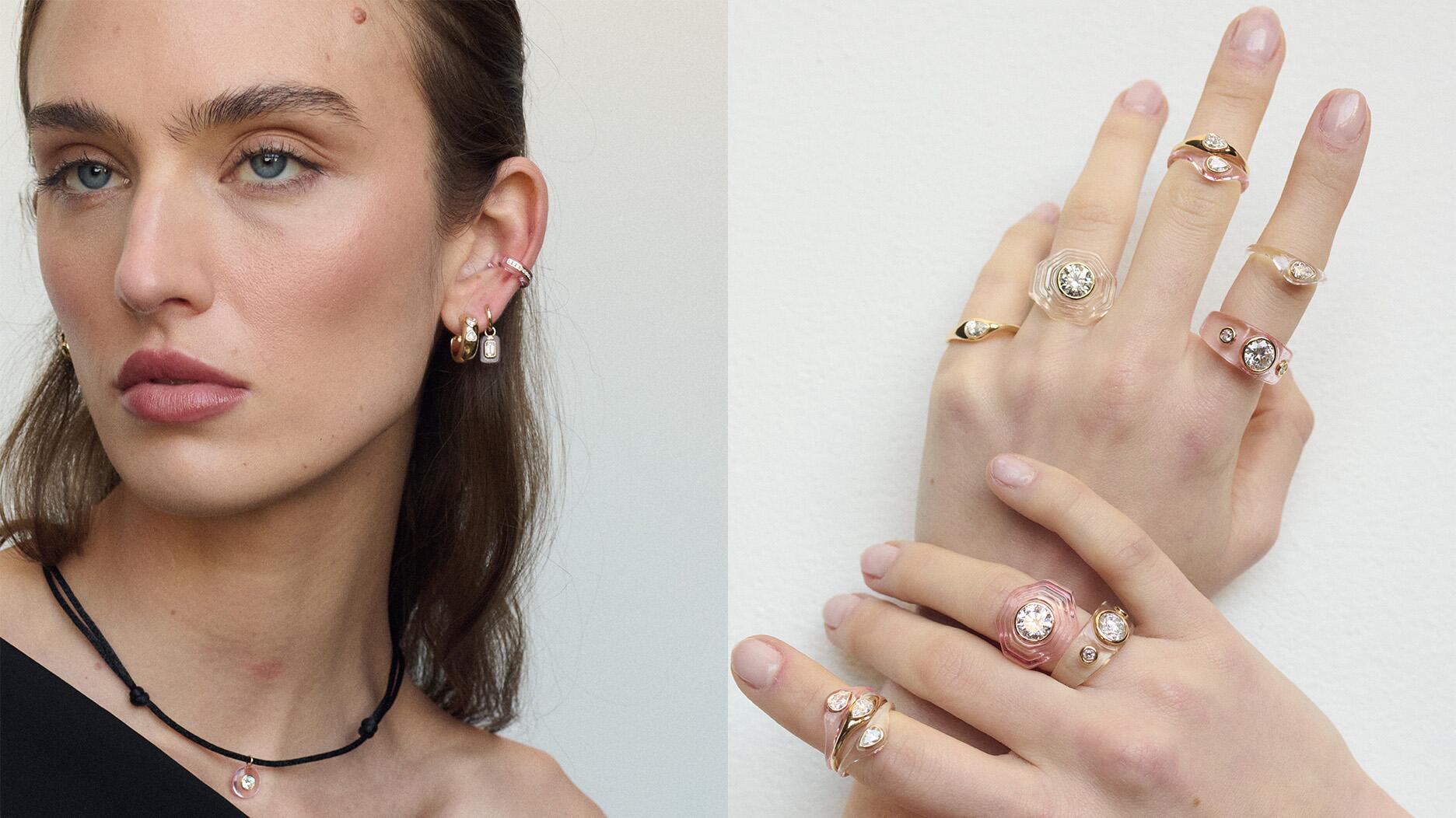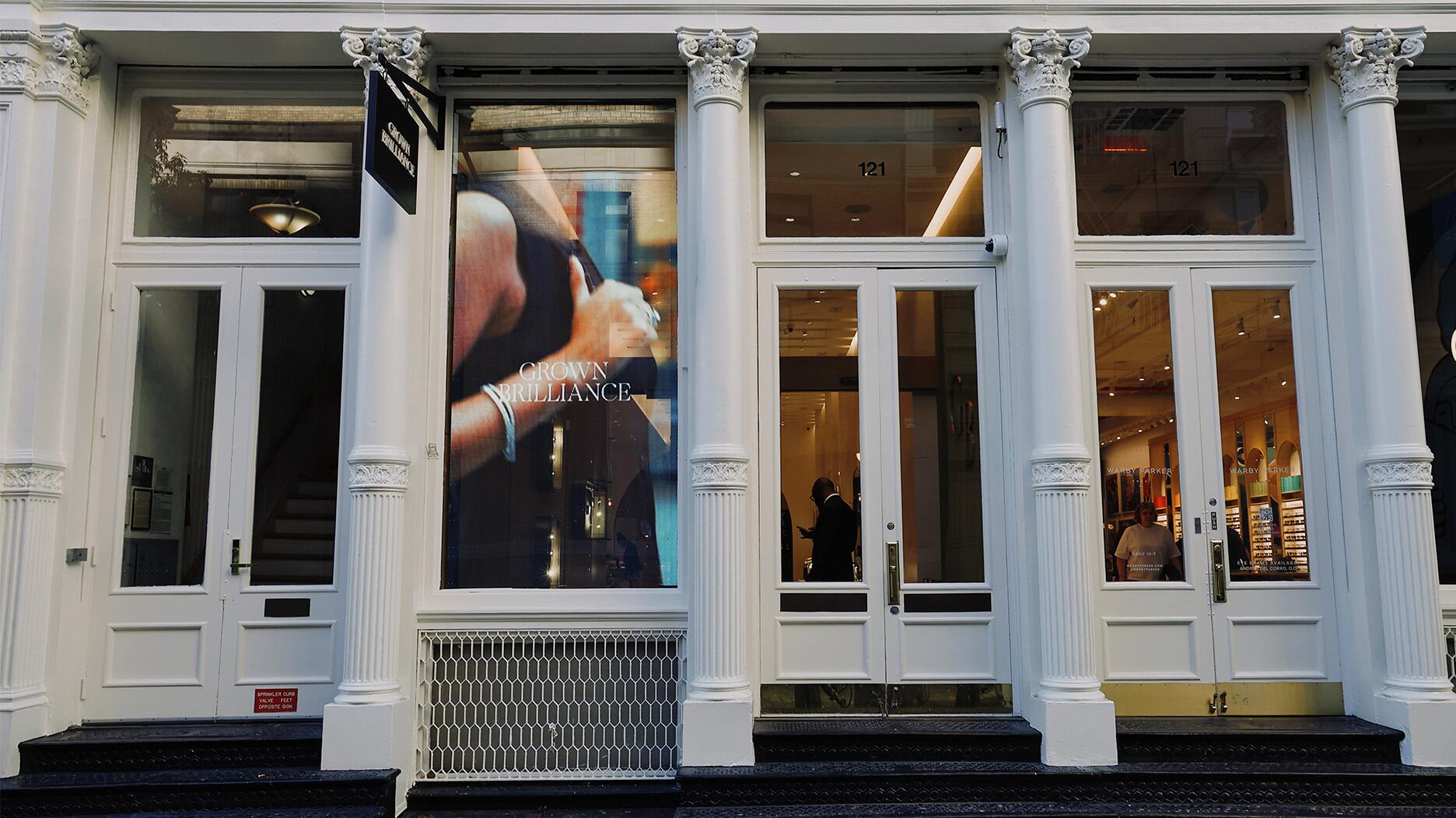These Are the Core Consumer Groups Buying Lab-Grown Diamonds
They include millennials of a certain age, women who buy jewelry for themselves, and “upgraders,” according to The MVEye.

Drawing on recent research, “The MVEye’s Core 3.5 LGD Consumer Segments” outlines the primary groups it says are driving the “explosive global growth” of the lab-grown diamond sector.
The groups identified through the research, as well as suggested communications strategies from the market research firm for each, are as follows.
Segment 1: “In the Know”
Who they are: This group is comprised of 25- to 38-year-old millennials who are already aware of lab-grown diamonds, whether it’s through friends or media. This group includes multiple ethnicities and non-traditional couples.
How retailers can reach them: The MVEye said retailers should focus on sustainability, social responsibility, and the technology behind the stones—offering them knowledge not only on the production process but also the ease of tracking them along the pipeline, co-founder Liz Chatelain said to National Jeweler.
They should also focus on what The MVEye calls the “price-to-value equation,” meaning they should point out to consumers that they can get more for their money with lab-grown diamonds.
After all, consumers are now willing to go over their initial budget to get a bigger and better diamond, Chatelain said.
Segment 2: “In the Dark”
Who they are: This group is comprised of 25- to 38-year-old millennials who haven’t heard of lab-grown diamonds but are easily convinced to learn more, the marketing firm said. This group also includes multiple ethnicities and non-traditional couples.
Chatelain said this is where retailers can have the greatest impact on customers’ buying decisions. She said it is their role to introduce these consumers to lab-grown diamonds, promote the product, and educate consumers about them.
She said retailers have told The MVEye that they introduce lab-grown as an option if the shopper wants a larger, good quality diamond that fits their budget. The conversion rate from an “assumed mine diamond shopper” to a lab-grown consumer can now be as high as 70 percent, she added.
How retailers can reach them: Focus on education and talking about the technology behind lab-grown diamonds as well as, again, the price-to-value equation.
Segment 3: “Upgraders”
Who they are: They are consumers ages 55 and older who are looking to upgrade their engagement rings. They may not already have a lot of knowledge about lab-grown diamonds, but they’re motivated to buy a larger diamond.
How retailers can reach them: This group has been marketed to the least, according to Chatelain.
But they do like to reward themselves, so communications should focus on budget, size, and how the stone is a deserved reward for the lives they have led.
“If retailers could bring that across to them [in ads], saying, ‘OK, it’s time to self-reward,’ that’s how they’re going to go get this group,” Chatelain said. “It’s a great opportunity, especially for independent retailers who really know their market.”
Segment 3.5: “SPF”
Who they are: “Self-purchasing females” of all ages.
Chatelain said they numbered SPF as 3.5 because there is crossover with the other segments.
How retailers can reach them: Chatelain said the consumer who buys for herself feels good about buying larger diamonds, a trend she believes will play out in items like stud earrings.
Based on The MVEye research, the most successful retailers are expanding into lab-grown diamond jewelry basics, like studs and solitaire pendants.
Other Key Research Findings
The MVEye said these consumers aren’t necessarily all about the digital shopping experience.
They’re interested in special experiences in-store, on social media, and on e-commerce sites, and will pay a premium for it.
For jewelry retailers, this means it’s important to track important client life events, like birthdays or anniversaries, so they can have targeted communications on these occasions and point out products clients might be interested in, making it clear they will cater to them.
“Now to the customer, it’s not about price; it’s about premium service,” she said.
And, interestingly, rather than buying products from stores, they buy from brands, The MVEye’s research found.
The idea of loyalty to a store has shifted to mean loyalty to brands within the store or because of the store’s location, Chatelain said, though she did also note their research shows shopper loyalty is greater for fine jewelers than others.
The Latest
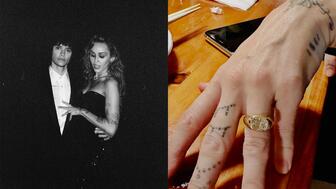
Fellow musician Maxx Morando proposed to the star with a chunky, cushion-cut diamond ring designed by Jacquie Aiche.

The retailer, which sells billions in fine jewelry and watches, is suing the Trump administration and U.S. Customs and Border Patrol.

Black Friday is still the most popular shopping day over the five-day holiday weekend, as per the National Retail Federation’s survey.

How Jewelers of America’s 20 Under 40 are leading to ensure a brighter future for the jewelry industry.
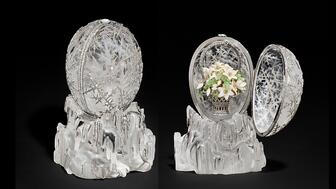
The historic egg, crafted for Russia's ruling family prior to the revolution, was the star of Christie’s recent auction of works by Fabergé.

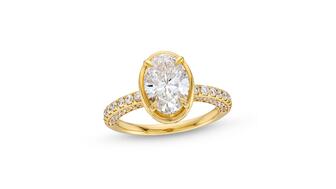
The retailer offered more fashion jewelry priced under $1,000, including lab-grown diamond and men’s jewelry.
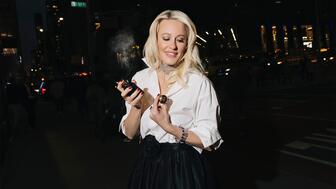
The eau de parfum is held in a fluted glass bottle that mirrors the decor of the brand’s atelier, and its cap is a nod to its “Sloan” ring.

Roseco’s 704-page catalog showcases new lab-grown diamonds, findings, tools & more—available in print or interactive digital editions.

Vivek Gadodia and Juan Kemp, who’ve been serving as interim co-CEOs since February, will continue to lead the diamond mining company.

In addition, a slate of new officers and trustees were appointed to the board.
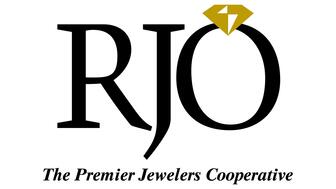
Witt’s Jewelry in Wayne, Nebraska, is the organization’s new milestone member.

Laurs is the editor-in-chief of Gem-A’s The Journal of Gemmology and an expert on the formation of colored gemstone deposits.
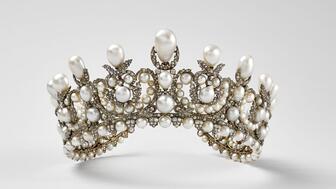
The man, who has a criminal history, is suspected of being the fourth member of the four-man crew that carried out the heist.
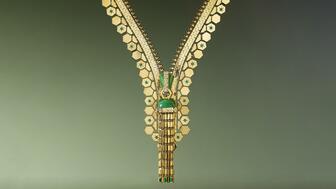
The single-owner collection includes one of the largest offerings of Verdura jewels ever to appear at auction, said Christie’s.
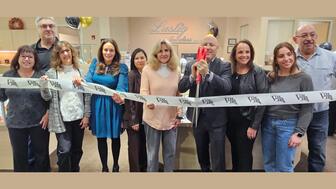
Michael Helfer has taken the reins, bringing together two historic Chicago jewelry names.
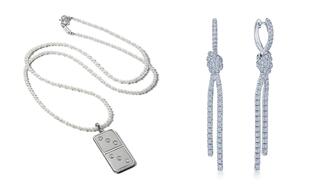
The guide features all-new platinum designs for the holiday season by brands like Harwell Godfrey, Ritani, and Suna.
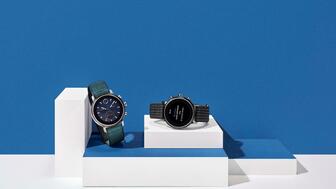
During its Q3 call, CEO Efraim Grinberg discussed the deal to lower tariffs on Swiss-made watches, watch market trends, and more.
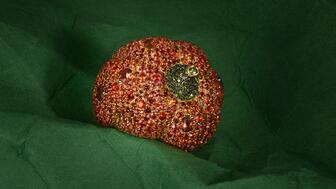
Rosior’s high jewelry cocktail ring with orange sapphires and green diamonds is the perfect Thanksgiving accessory.

The “Embrace Your True Colors” campaign features jewels with a vibrant color palette and poetry by Grammy-nominated artist Aja Monet.
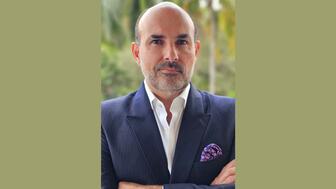
Luxury veteran Alejandro Cuellar has stepped into the role at the Italian fine jewelry brand.

The company gave awards to four students at the Namibia University of Science & Technology, including one who is a Grandview Klein employee.

She is remembered as an artist who loved her craft and was devoted to her faith, her friends, and her family.

It joins the company’s other manufacturing facilities globally, including in India, Botswana, and Namibia.
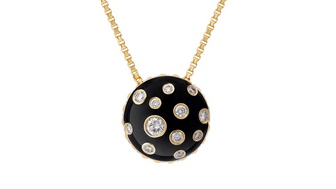
The polka dot pattern transcends time and has re-emerged as a trend in jewelry through round-shaped gemstones.

Vanessa Hickman, 49, allegedly sold a diamond bracelet that was mistakenly sent to her home.
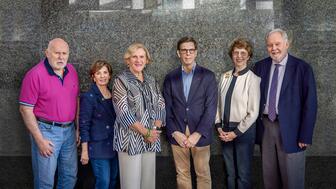
GIA’s former president and CEO was presented with the Richard T. Liddicoat Award for Distinguished Achievement.

Social media experts spoke about protecting brand reputation through behaving mindfully online.













